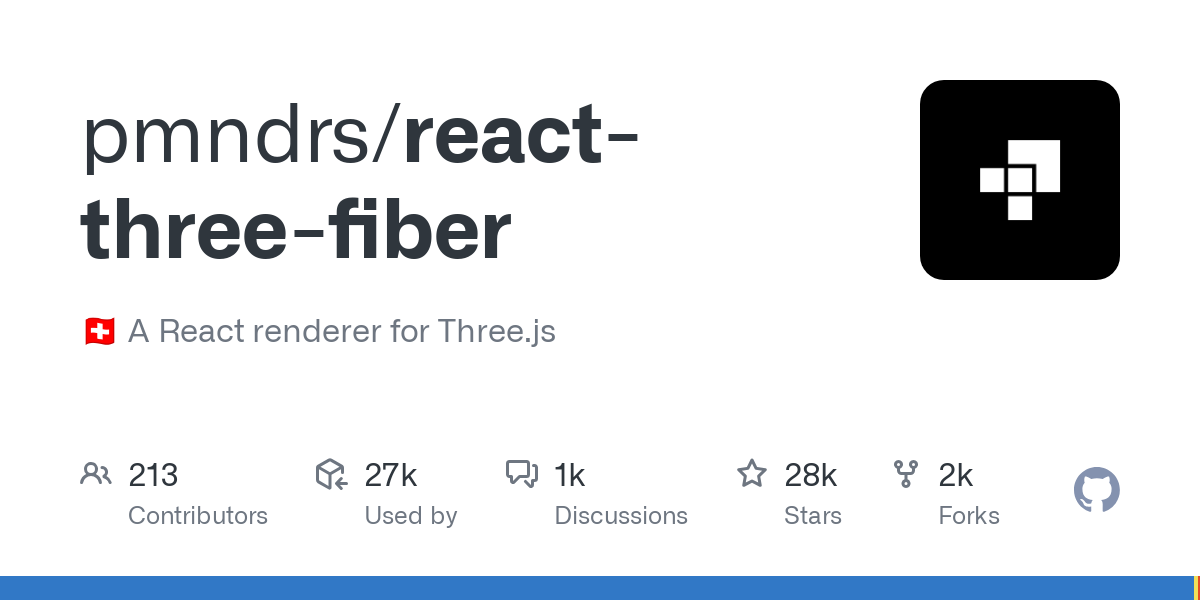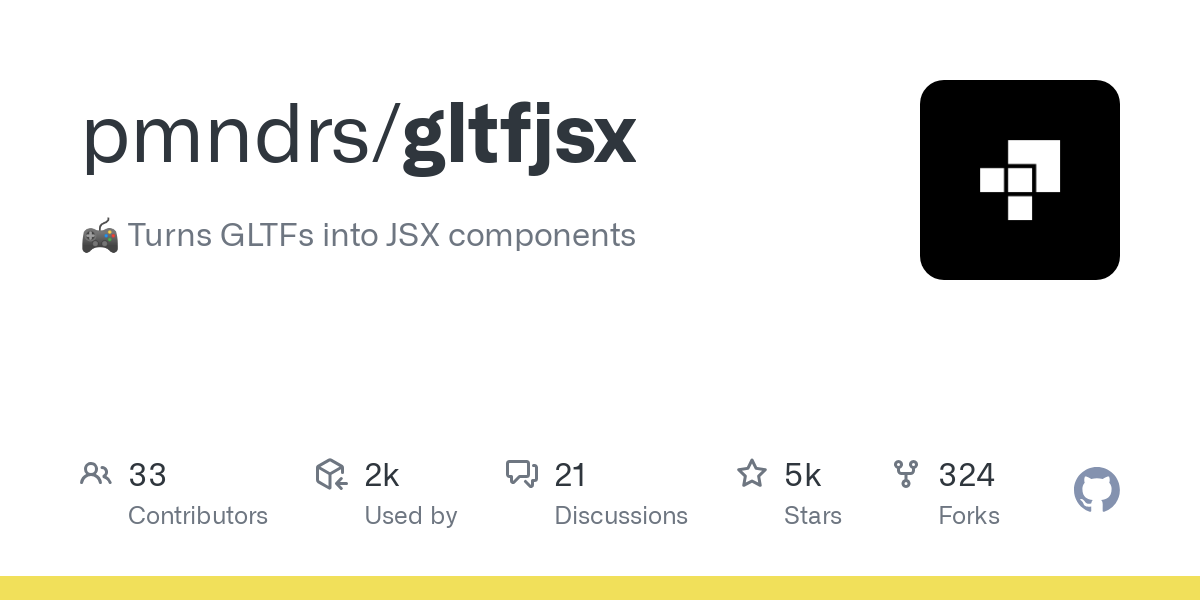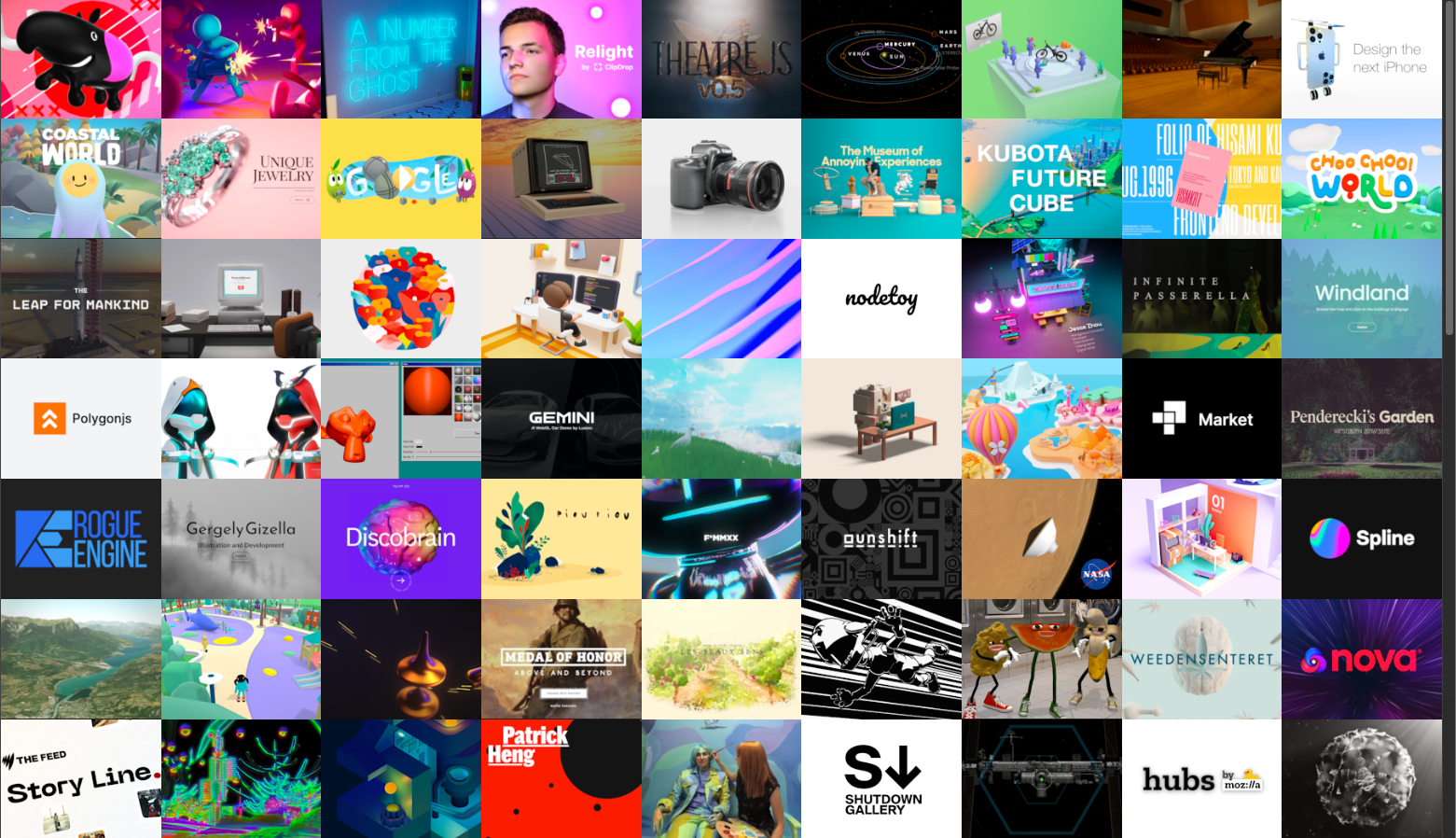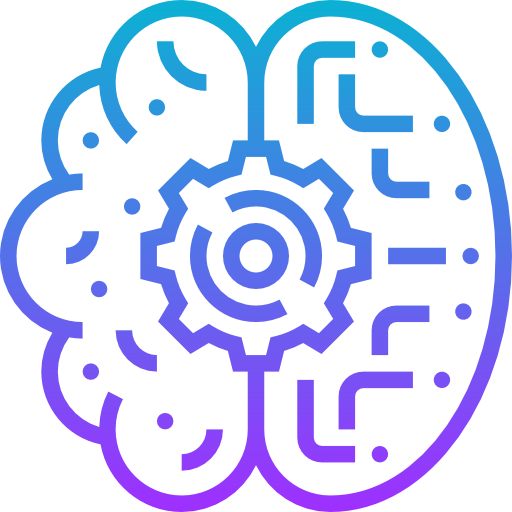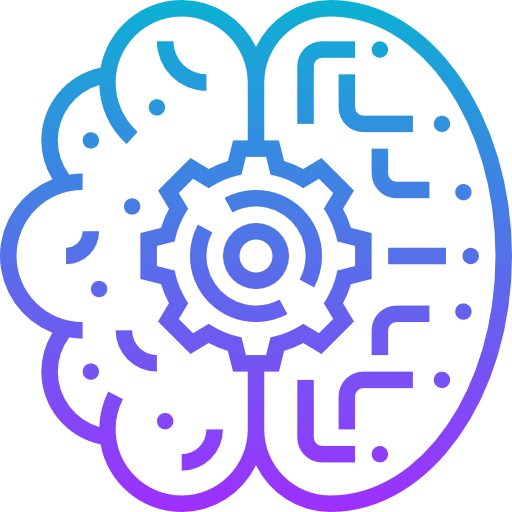React Three Fiber - A Dream come True to React Developers to add 3D Live to their Apps
Table of Content
If you’ve ever been amazed by the breathtaking 3D visualizations on the web, chances are you’ve encountered Three.js. It’s the powerhouse behind creating dynamic, interactive 3D experiences directly in the browser using WebGL.
However, as a React developer, you might have felt a gap between the declarative nature of React and the imperative style of Three.js. That’s where React Three Fiber (R3F) steps in.
What is React Three Fiber?
React Three Fiber is a React renderer for Three.js, allowing you to seamlessly create stunning 3D scenes using React components. At Medevel.com, we use R3F for some of our client projects, particularly for interactive 3D visualizations and applications.
That said, if you’re building games, I’d recommend checking out Babylon.js, which has a more robust toolkit for gaming purposes.
Now, let’s dive into how to get started with React Three Fiber and explore its vibrant ecosystem.
Why Use React Three Fiber?
- Declarative Syntax: Write your 3D scenes as React components, making them easy to manage and understand.
- React Ecosystem Integration: Use state management libraries like Zustand, Jotai, or Valtio to handle your 3D application’s state.
- Reusable Components: With libraries like @react-three/drei and @react-three/gltfjsx, you can speed up development.
- Better Developer Experience: Debug and optimize your 3D app using familiar React tools like React DevTools.
- Huge Ecosystem: The ecosystem provides everything from physics engines to post-processing effects, making it a one-stop solution for building rich 3D applications.
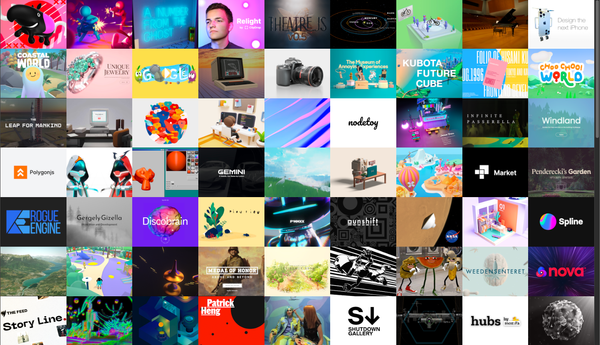
Installation and Setup
To get started with React Three Fiber, you need to have React or Next.js set up in your project. Here’s a step-by-step guide:
Run Your App: Start your development server, and you’ll see a spinning orange cube on the screen!
npm start
Basic Scene Example:Create a basic 3D scene with a spinning cube:
import React from 'react';
import { Canvas } from '@react-three/fiber';
function Box() {
return (
<mesh rotation={[10, 10, 0]}>
<boxGeometry args={[1, 1, 1]} />
<meshStandardMaterial color="orange" />
</mesh>
);
}
export default function App() {
return (
<Canvas>
<ambientLight />
<pointLight position={[10, 10, 10]} />
<Box />
</Canvas>
);
}
Optional (Highly Recommended): Install helper libraries like @react-three/drei and @react-three/gltfjsx.
npm install @react-three/drei @react-three/gltfjsx
Install the Library:
npm install @react-three/fiber three
Explore the Ecosystem
The React Three Fiber ecosystem is vast and includes tools and libraries to supercharge your 3D application development. Here’s a breakdown:
Core Libraries
- @react-three/drei: A collection of helpers and abstractions.
- @react-three/gltfjsx: Converts GLTF models into reusable JSX components.
- @react-three/postprocessing: Easily add post-processing effects.
- @react-three/flex: Flexbox layout for 3D.
- @react-three/xr: Build AR/VR applications with controllers and interactions.
- @react-three/csg: Constructive Solid Geometry for modeling.
- @react-three/rapier / cannon / p2: Physics engines for 3D and 2D scenes.
Animation and State Management
- React Spring / Framer Motion 3D: Add animations to your 3D scenes effortlessly.
- Zustand / Jotai / Valtio: State management solutions tailored for 3D applications.
Developer Tools
- @react-three/test-renderer: Unit testing for 3D scenes.
- @react-three/offscreen: Offscreen rendering for better performance.
Scene and Shader Management
- Lamina: Layer-based shader materials for advanced visuals.
- Composer-suite: For shader compositions, particle systems, and effects.
- Triplex: A scene editor for React Three Fiber projects.
Miscellaneous
- Leva: Quickly add GUI controls for tweaking parameters.
- Miniplex: Entity management for your 3D projects.
- Koestlich: A UI component library for React Three Fiber.
- Maath: Provides a variety of math helpers for 3D transformations.
Using @react-three/gltfjsx
If you’re working with GLTF/ GLB models, @react-three/gltfjsx can save you tons of time. It converts 3D models into reusable JSX components.
How to Use:
Use the Generated Component:
import React from 'react';
import { Canvas } from '@react-three/fiber';
import Model from './Model';
export default function App() {
return (
<Canvas>
<ambientLight />
<Model />
</Canvas>
);
}
Convert Your Model:
npx gltfjsx model.glb
Install the library:
npm install @react-three/gltfjsx
Final Thoughts
React Three Fiber brings the best of both React and Three.js, making it easier than ever to create interactive 3D applications. While I love using R3F for its declarative approach and React ecosystem integration, I also acknowledge its steep learning curve for beginners.
Start with small projects, explore the ecosystem, and you’ll soon discover how powerful this library can be.
For gaming projects, though, I’d steer you towards Babylon.js, which offers a more game-centric framework.
If you’ve tried React Three Fiber or have any tips to share, let’s discuss in the comments below!
Resources
